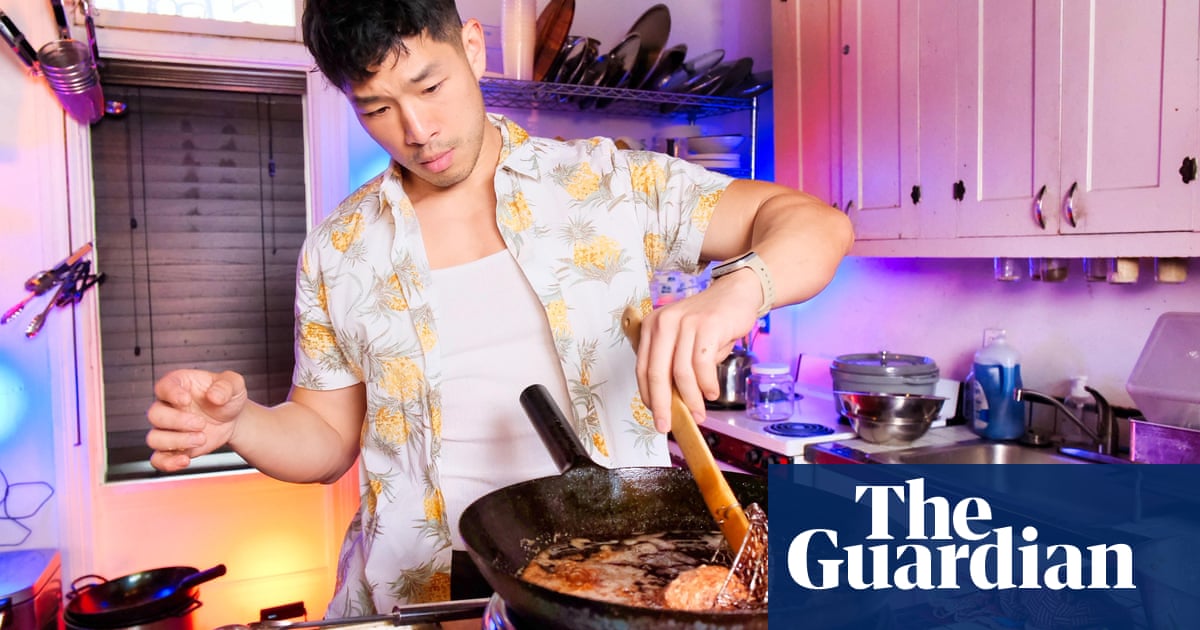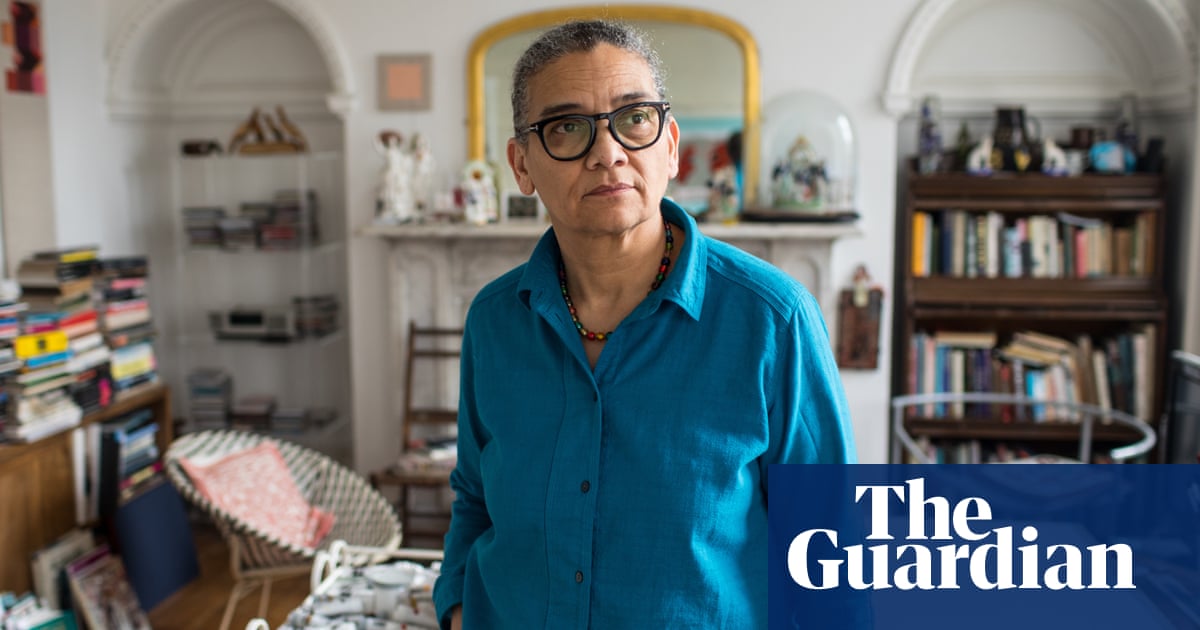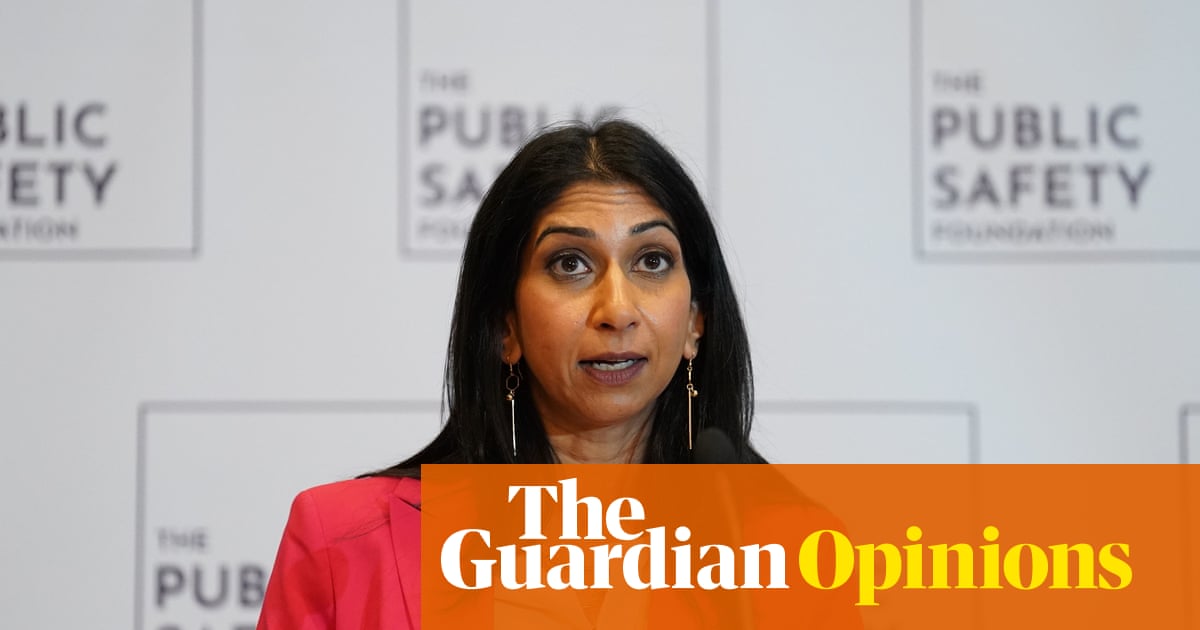
The evidence that gas stoves are bad for human health has grown so staggering over the last few years that the US Consumer Product Safety Commission recently announced that it would consider banning the appliances. Though a conservative backlash prompted the White House to rule out the possibility of a nationwide ban, and some states have passed pre-emptive laws that prohibit cities from ever passing gas bans, other cities including Berkeley, New York and San Francisco have already moved to bar new gas hookups due to health and environmental concerns.
One study from earlier this month found that one in eight cases of childhood asthma in the US is caused by gas stove pollution. According to the lead author on the study, Talor Gruenwald, a research associate at the non-profit Rewiring America, that means that living in a home with a gas stove is comparable to living in a home with a smoker. Gas stoves release pollutants so harmful that the air pollution they create would be illegal if it were outdoors, and that’s not just true when you’re actively cooking – gas stoves continue to emit harmful compounds like methane even when turned off. Beyond the adverse health impacts, those emissions are greenhouse gasses that also contribute to the climate crisis.
But solutions are within reach. “The most surefire way to eliminate risk of childhood asthma from gas stoves is to move to a clean cooking alternative like an induction stovetop or electric stovetop,” said Gruenwald.
Switching over to electric isn’t just a boon to your health and the planet – it also makes for a better cooking experience, according to a growing number of professional chefs. Read on to hear from three who have embraced electric and are loving the results.
Jon Kung: wok cooking that’s ‘more of an authentic experience’
Though he may be best known these days for TikTok videos showing off his kitchen prowess, deadpan humor and the occasional thirst trap, Jon Kung had been working as a chef professionally for more than a decade before pandemic lockdowns prompted him to start posting cooking videos on the internet. He was first introduced to induction cooking, which uses a magnetic field to efficiently heat pots and pans, while working in a commercial kitchen in Macau, China. He began relying heavily on induction burners in his current home of Detroit, Michigan, because he was often working pop-ups in spaces with limited ventilation.
“There was no altruistic intent in my decision to adopt induction. I use it because it’s better,” he said. “Induction stovetops are easier to clean, they’re more responsive, and they are just as powerful, if not more powerful, than gas. My induction burner can boil eight quarts of water within 11 minutes – it’s super fast.”
These days, Kung uses induction “100% of the time”. He often works on an induction wok, which features an induction cooktop with a bowl-shaped surface that a wok perfectly fits into, and rejects the critique that gas stove bans would prohibit chefs from cooking Chinese food authentically.
“You can buy a curved induction wok burner specifically made for woks and it works better than cooking on a wok on a western gas range,” he said. “That wok burner was literally made by Chinese people to cook Chinese food – when I cook in that it’s more of an authentic experience than cooking on a KitchenAid or a Viking range could ever be.”
Still, Kung admitted that there will be a learning curve for chefs when they initially make the switch. The biggest difference, he noted, is that gas stoves offer both “visual and tactile” feedback about how hot the cooking surface is, while induction cooktops require users to rely on numbers on a screen to know what temperature they’re working with. He recommended cooking with eggs when you’re first switching over to quickly get the kind of visual feedback that will help you learn to use an induction burner.
And for the small handful of dishes that truly require fire – think crème brûlée or charring peppers – he keeps a blowtorch in his kitchen. “I think flame should be a seldomly used tool for specific purposes in my kitchen, instead of putting my health at risk all the time because of these few times I need to actually use fire,” he said.
Christopher Galarza: quicker, easier to clean and a low barrier to entry
Christopher Galarza spent a decade working in conventional kitchens before he had his first experience in an all-electric commercial kitchen as an executive chef at Chatham University, a Pittsburgh institution known for its focus on sustainable food systems. Going electric changed his and his staff’s experience of working in the kitchen, partly because working with gas stoves can be a sweltering experience.
“I had a meat thermometer in my chef coat at one old restaurant job, and I looked down one day and noticed that my thermometer read 135F,” he said. In contrast, the all-electric kitchen he worked in at Chatham stayed pleasantly in the low 70s even on summer days when it was 90 degrees outside and the kitchen was in full production mode. “We were able to drastically reduce the temperature in the kitchen, which made us all more comfortable,” he added. “And for me personally, I can tell you that my mental health was better.”
He’s convinced that’s a benefit that got passed along to the guests eating the food he was cooking. “People can feel when you’re stressed,” he said, “and they can tell when you’re relaxed and happy.” But there was also a benefit to the bottom line, in that induction stoves are much quicker and easier to clean, which allowed him to spend less money on harsh cleaning chemicals and to send his kitchen staff home earlier while the “dollar per labor hour went way up”.
He cites other studies showing that the utility costs of operating a gas-powered or electric-powered kitchen are pretty similar, and notes that even for home chefs, the barrier to entry is low: “You can go on Amazon and buy an induction burner for $60 that plugs into the same outlet that you have your coffeemaker in,” he said.
Galarza is so convinced that electric is the future of professional cooking that he’s started a consultancy to help other kitchens make the switch. “Every international culinary competition in the world, from the Bocuse d’Or to the Culinary Olympics, is all electric,” he said. “The metric by which the international cooking community judges each other is on induction. And those are the best chefs on the planet.”
Even though rightwing politicos have been inciting a culture war around gas stoves in the US, he dismisses much of it as political posturing. “Ultimately, no one’s going to come into your home with a crowbar and take your stove, just like no one’s kicking down your door and checking your house for asbestos or lead paint,” he said. “The gas stove is this generation’s equivalent of lead paint. It’s something we thought was OK, that we later found out is a hazard. And now we have an opportunity to make it right.”
Tu David Phu: no better way to sear meat
Before Chef Tu David Phu worked in the kitchens of top-tier restaurants like New York’s Daniel or San Francisco’s Acquerello or appeared on shows like Top Chef or Chefsgiving, he was a “first-generation Vietnamese American kid from Oakland who grew up food insecure”, he said. His experiences with food at both ends of the economic spectrum – from childhood in a food desert to an adulthood that has included cooking for the world’s wealthiest people – have deeply shaped how he sees sustainability conversations in the context of food and cooking.
He became familiar with induction cooking in fine dining kitchens, which he said prioritized electric stovetops because they allow for chefs to work in small spaces and with greater precision – the pastry department at one of his old jobs was particularly fond of induction’s capacity for melting chocolate or making syrups without burning them. But Phu is adamant about breaking down the idea that kitchen electrification only concerns the privileged.
“I feel very passionately about including working class and poor people in this electrification movement,” he said. Black, brown and Indigenous communities are already disproportionately at risk for pollution-related health impacts, due to “modern-day redlining” that locates polluting industries in BIPOC neighborhoods, he said; they shouldn’t also be saddled with the health impacts of not having any other option than to cook on gas. “Decarbonization as a whole, not just electrification, is a justice issue,” he said. He commends the Inflation Reduction Act provisions that allow for low-income households to get as much as $840 in rebates toward electric stoves, but wants to see more initiatives focused on spreading the word about these options to the communities that need them most.
On a personal level, the Orange county, California-based chef uses induction cooktops “religiously” in his own home, and argues that there’s no better way to sear meat than by using a cast iron stove on an induction cooktop. His biggest tip for successful induction usage is to remember that induction cooktops can get to the smoking point in about 15 seconds, so he recommends staying in the low to medium power range when cooking, unless you’re boiling water.
He recognizes the importance of personal and cultural identities that get tied up in food, but he doesn’t think they should be a barrier to making changes that are necessary for the health of people and the planet. “My response to the resistance from some in the Asian community saying they can’t cook ‘authentic’ food without gas is: it doesn’t matter if you can cook a certain way or not if you don’t have an ozone or fresh air to breathe,” he said. “Throughout the course of all of our histories, we’ve prioritized our survival first, and we adjusted and modified our identities and cultures around that, because survival is more important.”












